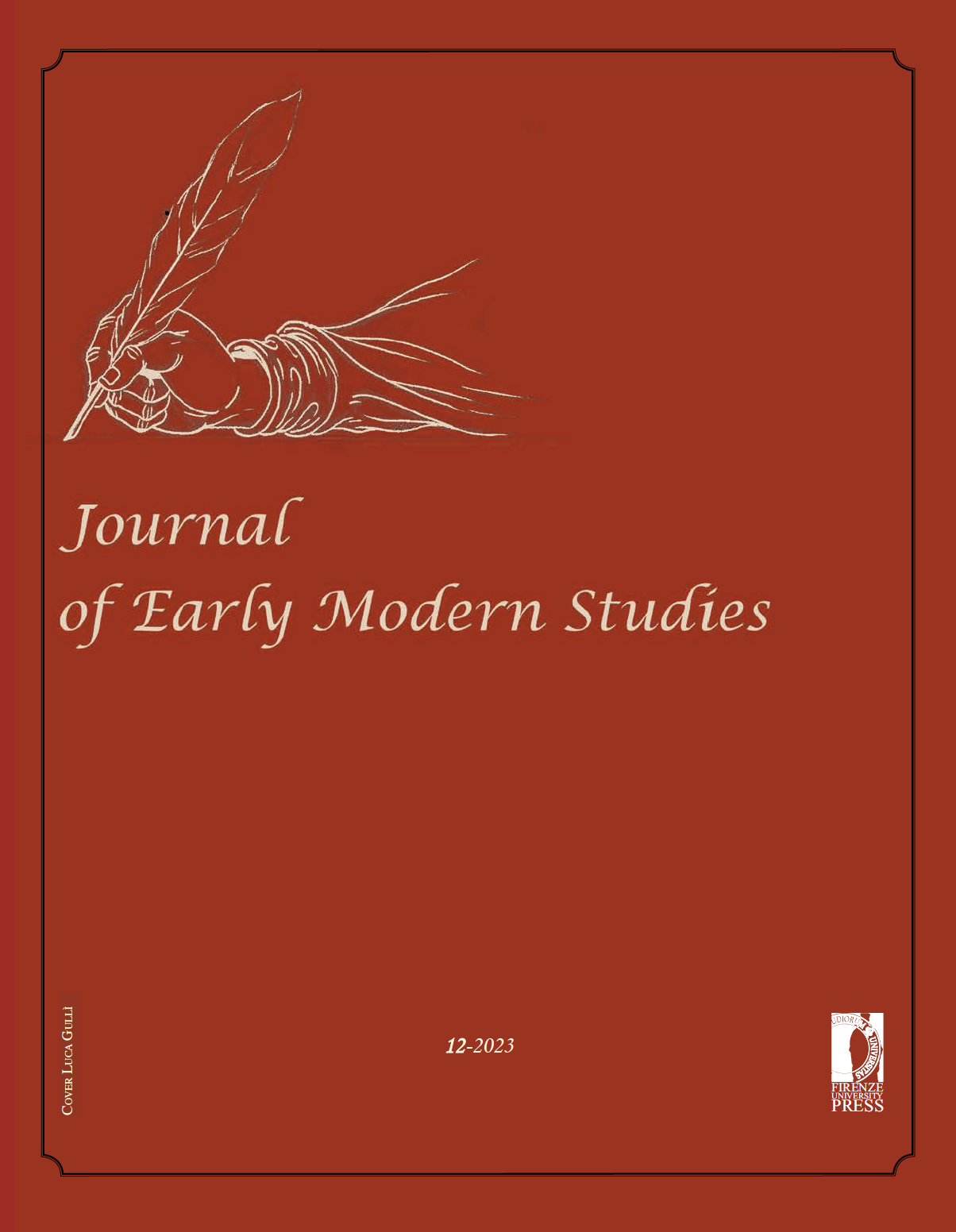Published 2023-07-19
Keywords
- Globe,
- Münster,
- Shakespeare,
- Vexierbild,
- Apian
How to Cite
Copyright (c) 2023 François Laroque

This work is licensed under a Creative Commons Attribution 4.0 International License.
Abstract
The article argues that maps and woodcuts in the numerous cosmographic works published in the course of the sixteenth century were an important source of inspiration for Shakespeare. The Globe playhouse, erected in Southwark in 1599, was the equivalent of a theatrum mundi where ‘men and women [were] only players’ (As You Like It). In its own way, it allowed the groundlings to be exposed and to understand something of the many cosmographic books that then circulated amongst a restricted élite. On the other hand, these texts and their superb illustrations gave an idea of yet unknown countries and people and stimulated the playwright’s as well as the spectators’ imagination. The metaphoric links established between the human body and cartography, as in Münster’s representation of Europe in his Cosmographia universalis, provided an intriguing extension of the then fashionable art of blazoning and counter-blazoning. Finally, map and globe became structurally related to each other, the word ‘globe’ serving to designate both head and skull, thus allowing painters like Holbein or the anonymous author of the Fool’s Cap Map to illustrate this idea in a compressed, small-scale and fairly cryptic representation of the links between macro and microcosm.

